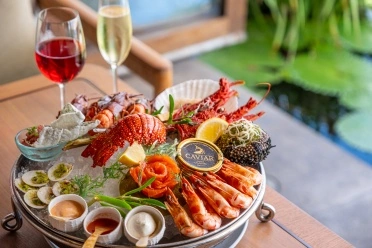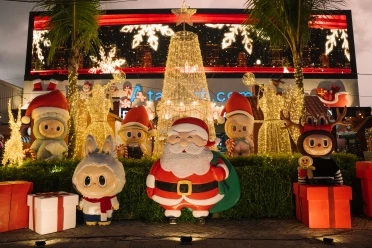Among Bali's many fascinating customs, the village of Bayung Gede in Kintamani stands out for its distinctive tradition at Setra Ari-Ari. Known as the "placenta cemetery," this sacred site is where the placentas of newborns are ceremoniously hung on trees, offering a powerful reflection of the island’s spiritual values and its harmonious relationship with the natural world. This rare ritual, far beyond a mere birth custom, represents the Balinese reverence for life and nature, embodying the island's unique worldview.
This rare ritual, far beyond a mere birth custom, represents the Balinese reverence for life and nature, embodying the island's unique worldview.
The Origins
Setra Ari-Ari, also referred to as the placenta cemetery, has been a part of Bayung Gede village’s tradition for centuries, though the exact origins of the practice remain a mystery. Oral traditions and local beliefs suggest that the practice may have begun thousands of years ago, with the earliest stories linking the custom to the origins of the village itself. Legend has it that the first man in Bayung Gede was born from a sacred tree, with the assistance of a white monkey, son of the god Bhatara Bayu, and a powerful water source known as Tirta Kamandalu. The placenta burial custom, where placentas are placed in coconuts and hung from trees, is said to reflect the belief that all beings are connected to nature and that returning the placenta to the earth symbolizes a return to one’s origins.
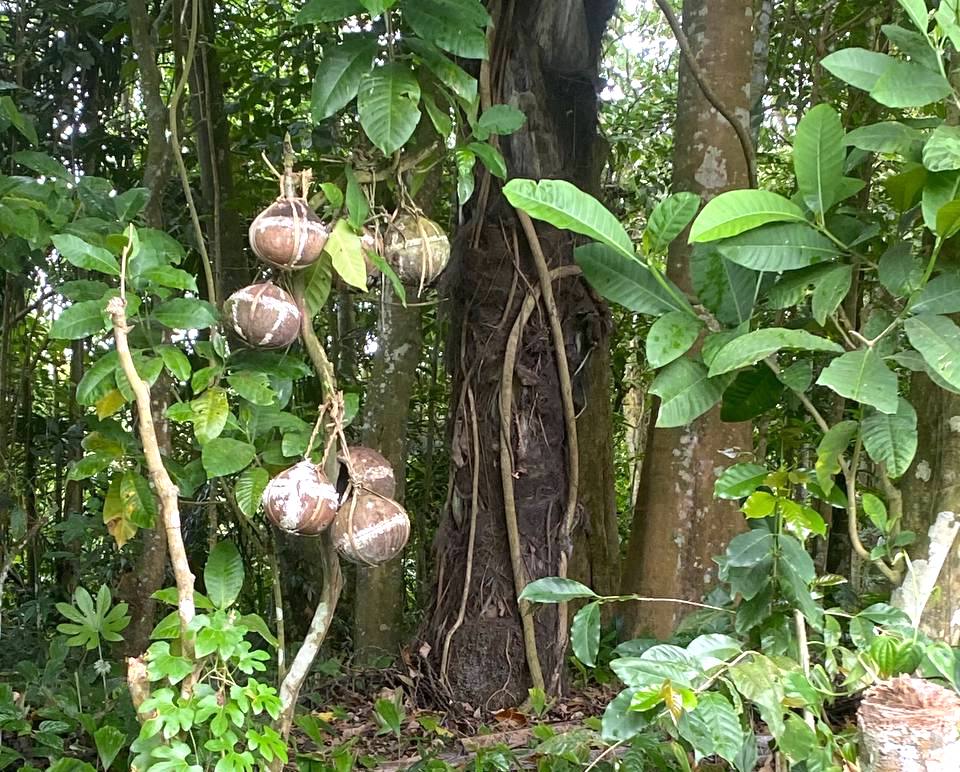
A Sacred 'Eco-Friendly' Ritual
The tradition of hanging the placenta on the Bukak tree (Cerbera manghas) in Setra Ari-Ari is more than just a ritual. It carries a spiritual significance that is rooted in Bali's deep respect for nature. The Bukak tree itself is seen as sacred, with its open fruit symbolizing the nurturing and protective nature of the mother. The practice reflects the belief that the placenta is a sibling to the child, part of the "catur sanak" or four siblings that each human is born with, including blood, amniotic fluid, and vernix caseosa. By placing the placenta on the Bukak tree, it is believed that the child will be protected and nurtured, just as the tree supports and nurtures the placenta.
Additionally, the ceremony highlights the importance of environmental conservation in Bali. The Bukak tree is revered not only for its spiritual symbolism but also for its practical role in maintaining ecological balance. Research has shown that the practice of hanging placentas on these trees helps absorb excess water, contributing to the region’s water cycle and promoting clean air. The villagers believe that by preserving the trees in Setra Ari-Ari and honoring their sacred status, they are ensuring the ecological balance of the area. In doing so, they create a mutually beneficial relationship between culture and the environment, where the health of the land directly impacts the well-being of the community.
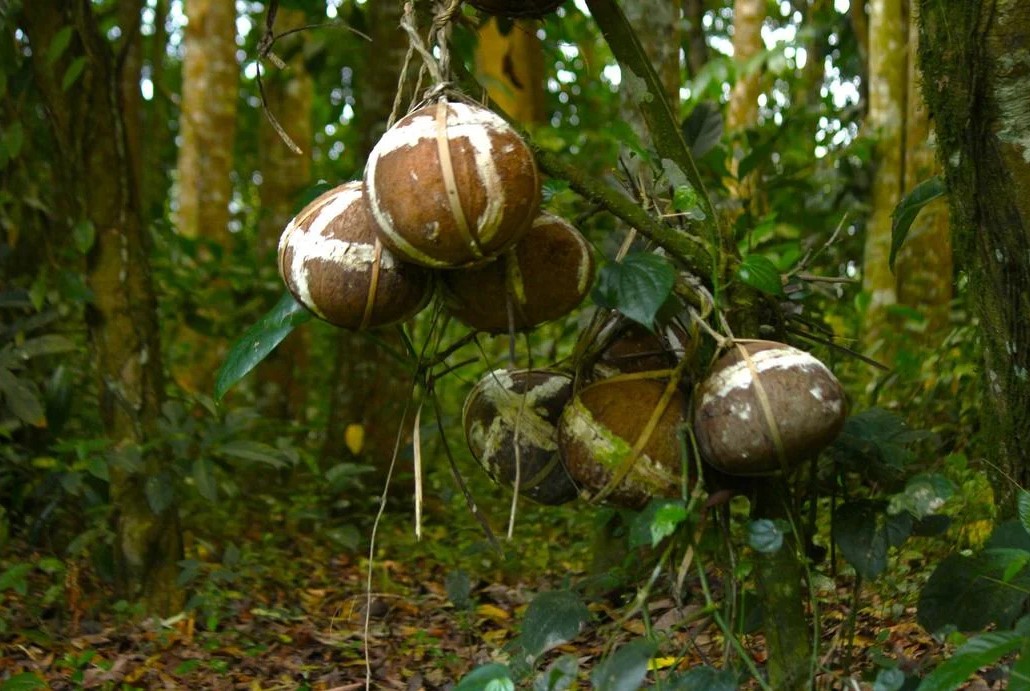
The Role of the Community
Setra Ari-Ari is not just a place for the placement of placentas but a focal point of the community’s spiritual life. The villagers believe that the placenta, once separated from the child, must be treated with the utmost respect. It is washed in clean water and placed in a coconut shell, which is then sealed with bamboo and tied with sacred knots. Holy symbols, such as the Ongkara, a Hindu script, are written on the coconut to ensure the child’s future health and prosperity.
An important aspect of this ritual is that it is performed exclusively by men. Traditionally, the father or a male family member of the newborn carries the placenta to Setra Ari-Ari. This practice is rooted in the belief that men are the protectors of the village and, as such, must undertake this task. The journey to the cemetery is marked by a set of taboos, which include not speaking or interacting with others during the trip. The villagers believe that violating these taboos can result in bad luck for the newborn. Upon arriving at Setra Ari-Ari, the male relative will use a sickle to carefully cut the branch of the Bukak tree and hang the placenta. This careful attention to ritual ensures that the placenta is properly honored, which is believed to ensure the child’s health, intelligence, and future well-being.
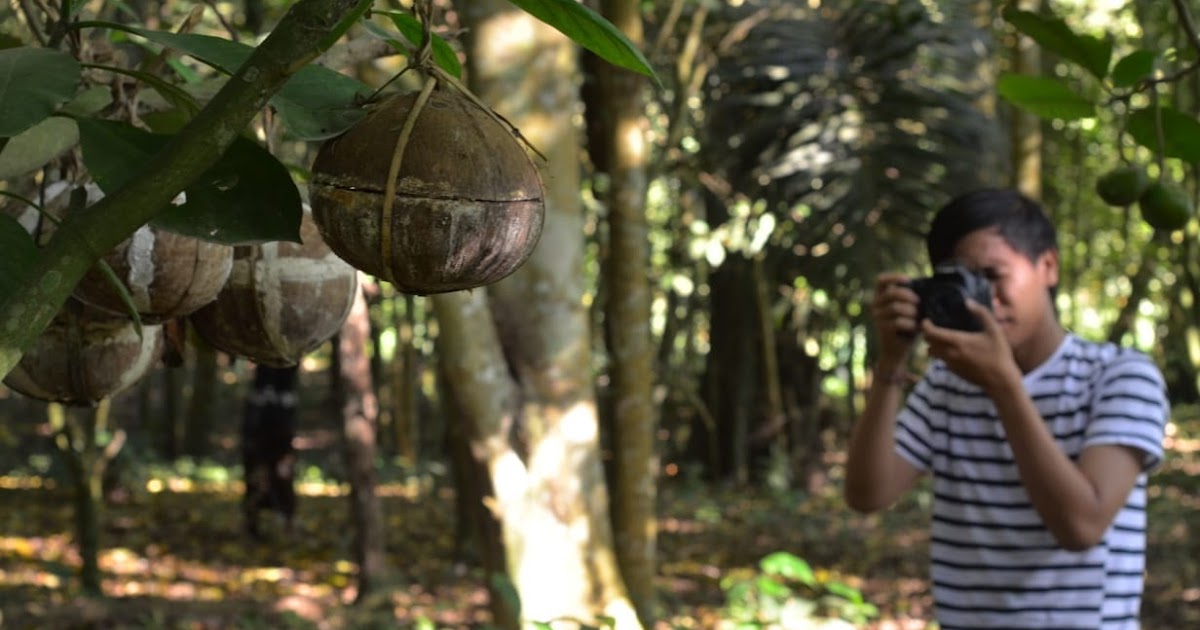
Environmental Impact and Sustainable Practices
Setra Ari-Ari is a remarkable example of how tradition and environmental conservation intersect in Balinese culture. The Bukak trees, along with other indigenous plants like the Bentenung and Langgung, are protected because they are integral to the preservation of the local ecosystem. These trees absorb excess water, help maintain the water table, and improve air quality. The villagers’ respect for nature is reflected in the sacred status of the trees and the cemetery itself, which must not be disturbed. Cutting down trees for personal use is strictly forbidden, and violators must pay a fine and plant new trees in the area.
With its captivating history, spiritual depth, and environmental significance, Setra Ari Ari of Buyung Village is one of Bali’s most unique and lesser-known traditions. It connects visitors with the island’s ancestral traditions and offers a rare glimpse into the island’s unique approach to spirituality and environmental stewardship.



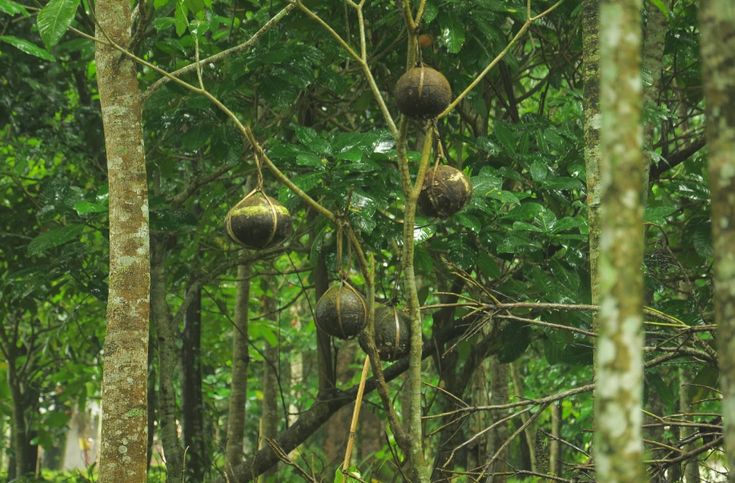
 Billy Bagus
Billy Bagus
 Jan 21, 2025
Jan 21, 2025



